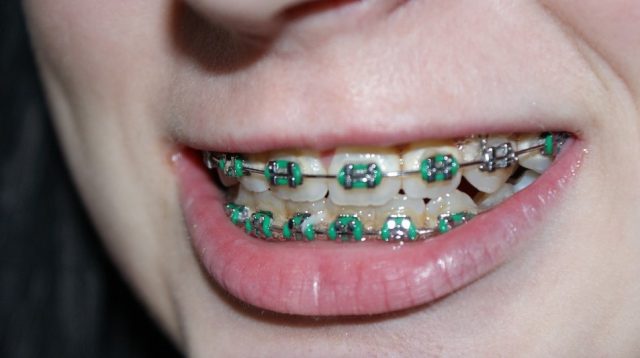Braces are nothing new, but they have previously been associated with our awkward adolescent years and those 80’s movies that showed big smiles full of metal. Now in the 2020s, braces really are a far cry from what we first experienced with popularity rising for invisible braces in Singapore, United States, United Kingdom, and most cosmopolitan countries and regions. If you are considering braces for yourself, or are curious to learn how far this dental procedure has come, follow us on this brief history of braces.
An Unlikely Origin Story
It’s not uncommon to hear that something originated in Ancient Greece, but braces? Imagine the shock when archeologists uncovered skeletons that were striving for the same teeth aspirations we have in the model world. Natural and strong fibres from the intestines of an animal have been found banded around the teeth of many skeletons in an attempt to straighten in lieu of wire. Even ancient Romans were said to have been buried with similar bands around their teeth and dental equipment to support their dental progress in the afterlife.
The Age of Enlightenment (18th century)
Let’s accelerate to the 18th century and see what early indications we had that braces would be such a huge part of the future. Most historians and dentists will credit Pierre Fauchard as the Father of orthodontists. Residing in France, Pierre wrote dental handbooks that were translated and used all over the world. Pierre often instructed budding dentists on how to align teeth by using a horseshoe-shaped piece of smoothed iron along the top row of teeth. This procedure and piece of metal were coined the “Bandeau”. Pierre was also known to be the first person to suggest removing molars to promote comfort and mitigate teeth becoming overcrowded.
The Victorian Period (19th century)
The 19th century really saw braces come into their own, with orthodontists becoming an established part of the dental profession and great vigour brought to the application of the braces. Not only were wire “cribs” patented and available in many parts of the world, but even rubber bands were introduced to complement the braces and their desired outcome. Now braces were not just occasional procedures by those in the know, but they actually forged their own ‘corrections’ specialty with the premise that force and timed intervals could correct the alignment of teeth.
The Age Of Modernity (20th century)
Now we enter the 20th century and the orthodontist industry has well and truly been embraced worldwide. There are even global standards (or ‘classes’) that dictate the severity of teeth misalignment and even dictate a course of action, with several manufacturers designing quality dental tools. In fact, it was NASA who technically created the nickel and titanium wires (later named Nitinol) which orthodontists started using for the design of the entire braces. This material was effective as it was strong, yet had elasticity, according to this experienced dentist in Stafford. This material switch made the procedure more affordable and more readily available.
Now Into The Future
It is a testament to how far braces have come, that often they are hard to detect on the wearer.
Clear aligners have more or less become the standard in recent years, with even the hardware designed to be a lighter colour and less bulky than previous iterations.
Even the duration that braces are required to stay on the teeth is less than what it once was, with some children and adults having to previously wear braces for many years. It’s safe to say that braces will continue to be sleeker in design and more accessible to the masses as costs are reduced with new advancements and materials available.
We hope you have enjoyed this brief history of braces, and feel a little more informed ahead of this procedure. Nothing is going to bring you a straighter smile than braces, and there has never been a better time to get them.

A professional writer with over a decade of incessant writing skills. Her topics of interest and expertise range from health, nutrition and psychology.


